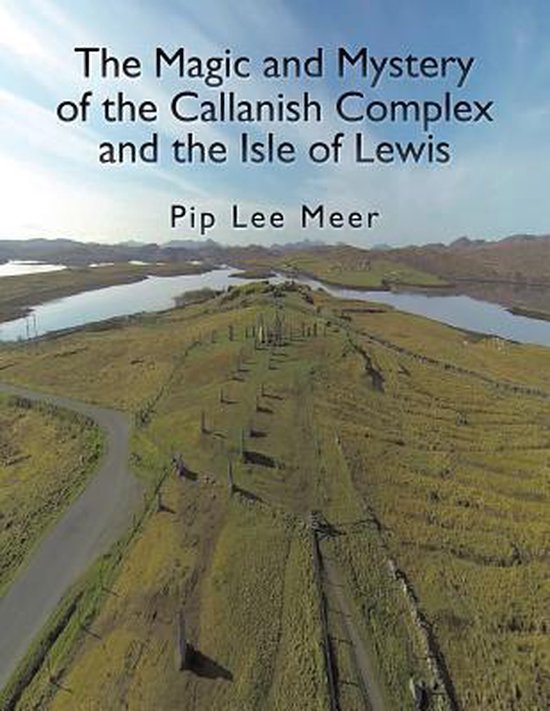
From Carnac to Callanish
Lines of standing stones have until now been the neglected wonders of prehistoric Europe. From the multitude of great pillars at Carnac to the elegance of the avenue that leads to the stone circle of Callanish in the Hebrides, visitors have stared in awe but departed in ignorance. There has been nothing to inform them.
From Carnac to Callanish, the first book on the subject, describes the types, which range from pairs of isolated stones in the far south-west of Ireland to networks of long lines in Scotland, Dartmoor and Brittany, in a sequence of architectural chapters that stress the increasing social and commercial connections between regions hundreds of miles apart. Information about excavations, megalithic art, astronomical analyses, legends, all these are used to provide explanations of why the rows were erected, when, and what was their purpose. The book contains a history of research from late mediaeval times to the present day; offers a chronology for the development of the lines from Neolithic times around 3500 BC, to the middle of the Bronze Age a hundred generations later; and reveals how early processional avenues leading to stone circles developed into multiple lines that were added to systematically over many generations before the tradition culminated in simple cult centres for families, easy to put up, yet containing delicate sightlines to the sun or moon.
Scholarship and vivid evocation are combined to present a narrative that is as accessible to the enthusiast as the expert, and the text is augmented by distribution maps, statistical tables, plans and diagrams, as well as numerous photographs which illustrate the magnificence of these splendid but enigmatic rows.
From Carnac to Callanish, the first book on the subject, describes the types, which range from pairs of isolated stones in the far south-west of Ireland to networks of long lines in Scotland, Dartmoor and Brittany, in a sequence of architectural chapters that stress the increasing social and commercial connections between regions hundreds of miles apart. Information about excavations, megalithic art, astronomical analyses, legends, all these are used to provide explanations of why the rows were erected, when, and what was their purpose. The book contains a history of research from late mediaeval times to the present day; offers a chronology for the development of the lines from Neolithic times around 3500 BC, to the middle of the Bronze Age a hundred generations later; and reveals how early processional avenues leading to stone circles developed into multiple lines that were added to systematically over many generations before the tradition culminated in simple cult centres for families, easy to put up, yet containing delicate sightlines to the sun or moon.
Scholarship and vivid evocation are combined to present a narrative that is as accessible to the enthusiast as the expert, and the text is augmented by distribution maps, statistical tables, plans and diagrams, as well as numerous photographs which illustrate the magnificence of these splendid but enigmatic rows.
| Auteur | | Aubrey Burl |
| Taal | | Engels |
| Type | | Hardcover |
| Categorie | | Geschiedenis |




